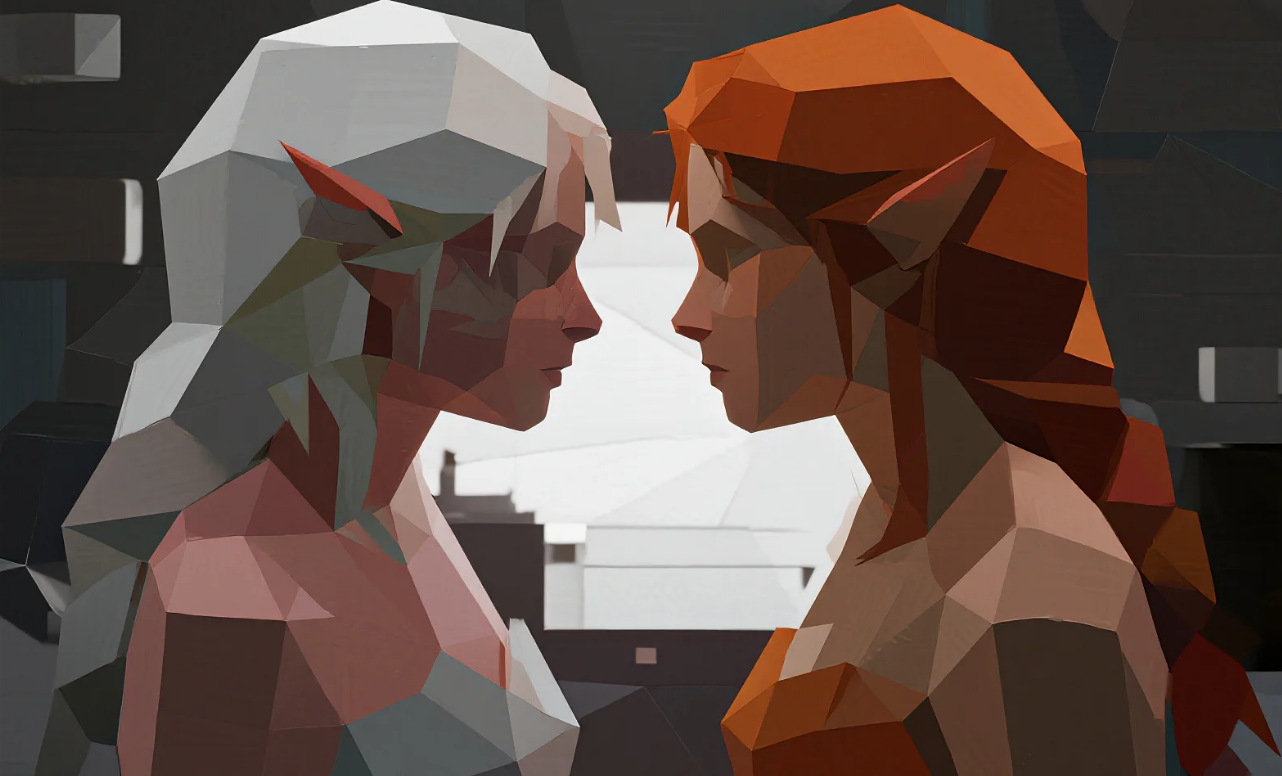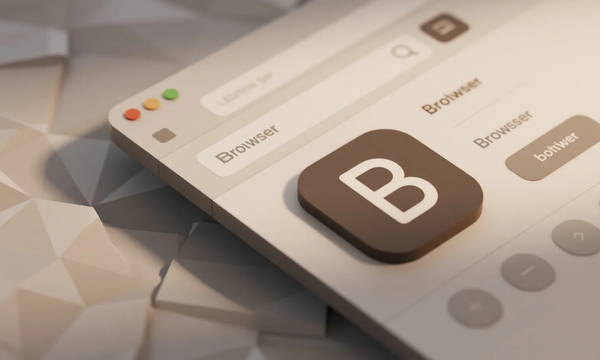How to Use AI to Recreate Iconic Movie Scenes: 101 Ready-to-Use AI Video Prompts

How to Use AI to Recreate Iconic Movie Scenes: 101 Copy-Paste AI Video Prompts for Filmmakers
Learn how to turn classic film shots into AI-generated video with 101 ready-to-use prompts. Perfect for Runway, Pika, and Sora. Get more at TheAIPromptHub.com.
What Are AI Video Prompts for Filmmaking?
AI video prompts are text-based instructions you give to generative AI tools (like Runway, Pika, Sora, or Kaiber) to create specific visual sequences. For filmmakers, these prompts can describe camera angles, lighting, movement, mood, and even emotional tone—turning written ideas into dynamic video clips in seconds.
Instead of starting from scratch, you can use structured templates—like the Classic Movie Shot Library—to craft precise, professional-grade prompts that yield cinematic results.
💡 Pro Tip: The more detail you include (e.g., “low-angle close-up,” “handheld tracking shot,” “slow-motion debris after explosion”), the better the AI understands your vision.
How to Use Classic Film Shot Templates as AI Video Prompts
The Classic Movie Shot Library breaks down iconic scenes into 101 reusable cinematic templates—each with 8 precise shot descriptions. These are perfect for converting into AI video prompts.
Here’s how to do it in 3 steps:
- Pick a template (e.g., “Desperate Rooftop Chase” or “Sniper Standoff”).
- Translate each shot into a prompt using clear, visual language.
- Add AI-friendly modifiers like “cinematic, 35mm film grain, dramatic lighting, 24fps.”
Example Prompt (from Template #7: “Precision Sniper Standoff”):
“Extreme long shot of a city skyline at dawn. Cut to close-up of a sniper’s calm eye and steady finger on the trigger. Then, scope POV with crosshairs locking onto a distant target. Rack focus between sniper and target. Slow-motion bullet trajectory through the air. Cinematic, anamorphic lens flare, tense atmosphere.”
This structure gives AI tools clear visual anchors—dramatically improving output quality.
Why Filmmakers Should Use AI Prompts Based on Real Cinematic Language
Using real film terminology (like “whip pan,” “dutch angle,” or “rack focus”) isn’t just jargon—it’s a visual shorthand that AI models trained on film datasets understand deeply.
When you prompt with authentic cinematic language:
- You reduce ambiguity.
- You align with how AI “sees” visual storytelling.
- You get results that feel like they belong in a real movie—not generic stock footage.
Templates like “Hero vs. Crowd” (#5) or “Explosion Shockwave” (#11) already encode decades of film grammar. By using them as AI prompts, you shortcut the learning curve and generate Hollywood-level visuals—even without a crew or budget.
🎬 Want more? Explore curated collections of AI video prompts for directors, editors, and content creators at theaiprompthub.com .
Can You Really Generate Professional Scenes with Just Text?
Yes—if your prompt is precise.
AI video tools today can simulate:
- Camera movement (tracking, crane, handheld)
- Lighting (chiaroscuro, soft firelight, neon noir)
- Emotional tone (tension, joy, despair)
- Genre aesthetics (sci-fi, noir, romantic drama)
But the key is structured prompting. That’s why templates like “Hope’s First Light” (#41) or “Last Goodbye” (#23) work so well—they provide a narrative + visual blueprint.
Try this prompt (from Template #23):
“Tight two-shot of two people hugging in a train station. Slow dolly out as one walks away. Over-the-shoulder shot of the departing figure growing smaller. End with a static long shot: one person alone in a vast, empty hall. Soft natural light, shallow depth of field, emotional piano score.”
This isn’t just a description—it’s a directable scene for AI.
Best AI Video Prompts for Filmmakers: 5 Ready-to-Use Examples
Here are 5 high-impact prompts derived directly from the library:
“Betrayal Reveal” Prompt
“Calm two-shot in office. Cut to phone screen showing incriminating text. Dolly zoom on protagonist’s face as background distorts. Subjective blurry vision, heartbeat sound.”
“Hope Rising” Prompt
“Close-up in darkness: exhausted face. Tilt up slowly to reveal a beam of sunlight through rubble. Hero crawls toward light. Overexposed finale, symbolic rebirth.”
“Last Stand” Prompt
“360-degree arc shot around wounded hero surrounded by enemies. Slow-motion takedown. Dolly out to reveal fallen foes. Gritty, heroic, dramatic backlight.”
“Sniper POV” Prompt
“Scope POV with crosshairs on target in crowded street. Rack focus to sniper’s breathing eye in shadow. Bullet in slow motion, lens flare, tense silence.”
“Rooftop Chase” Prompt
“High-angle wide shot of city rooftops at dusk. Handheld tracking shot of protagonist sprinting on edge. Whip pan to pursuer leaping across gap. Low-angle close-up of slipping on tiles. Cinematic, gritty, urgent.”
Each of these leverages proven cinematic language—optimized for AI interpretation.
Final Thoughts: Turn Film Theory into AI Reality
The Classic Movie Shot Library isn’t just a reference—it’s a prompt engineering toolkit for the next generation of visual storytellers.
By converting these templates into AI video prompts, you:
- Save hours on pre-visualization
- Pitch scenes with actual video
- Experiment with shots before shooting
- Empower solo creators to compete with studios
Whether you’re a director, YouTuber, or indie filmmaker, mastering AI prompts based on real cinema is your new superpower.
Ready to go deeper?
Discover 100+ professionally crafted AI prompts for video, film, and creative storytelling at →




